Optimal Timing for Pasture Fence Installation
Determining the optimal time for pasture fence installations depends on several factors, including weather conditions, ground stability, and livestock management schedules. Proper timing ensures a secure and durable fence while minimizing disruptions to pasture use.
Spring offers mild weather and active pasture growth, making it ideal for fence installation before livestock grazing resumes heavily.
Summer can be suitable in cooler months or early summer, provided the ground is dry and stable for equipment use.
Fall allows for installation before winter, ensuring fences are in place for the next grazing season, especially when ground conditions are firm.
Winter is feasible in regions with mild climates or when snow cover provides a stable working surface, though colder temperatures may slow progress.
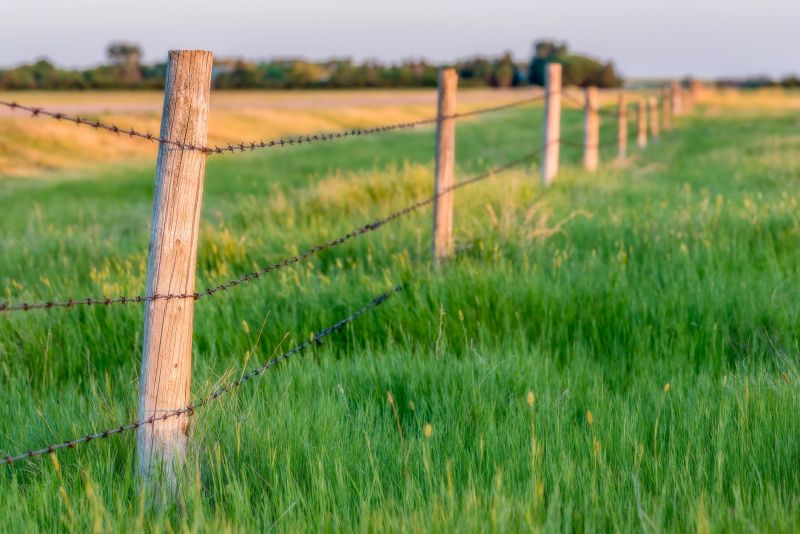
Fence installation during spring takes advantage of moderate weather and active pasture growth.
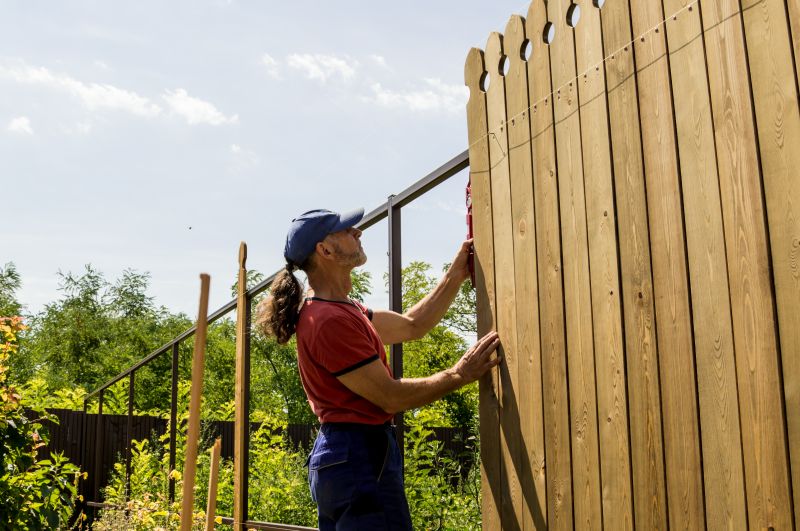
Summer installations require dry ground and cooler temperatures for optimal work conditions.
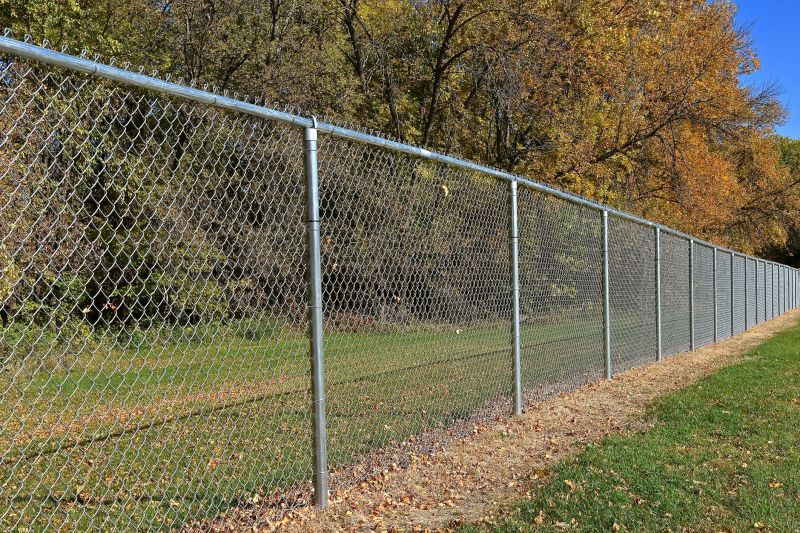
Fall is suitable for completing fence projects before winter sets in, ensuring readiness for the next grazing period.
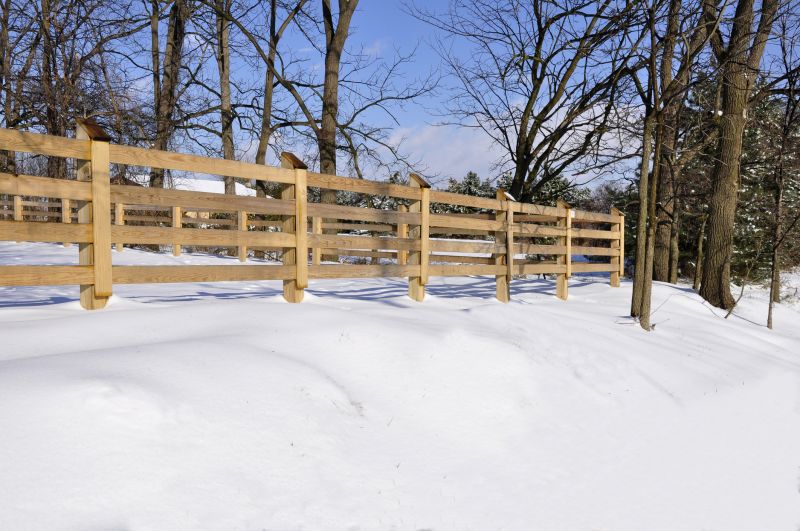
Winter fencing is possible in mild climates or with snow cover, offering advantages of less vegetation interference.
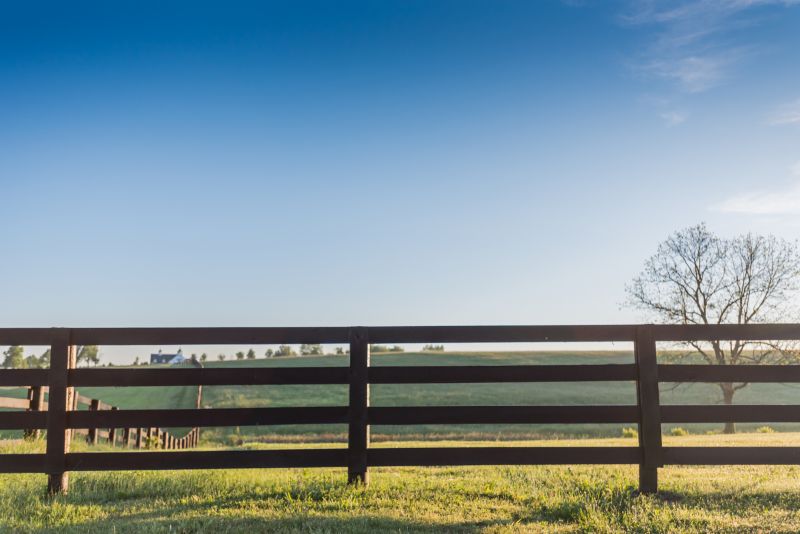
Ways to make Pasture Fence Installations work in tight or awkward layouts.
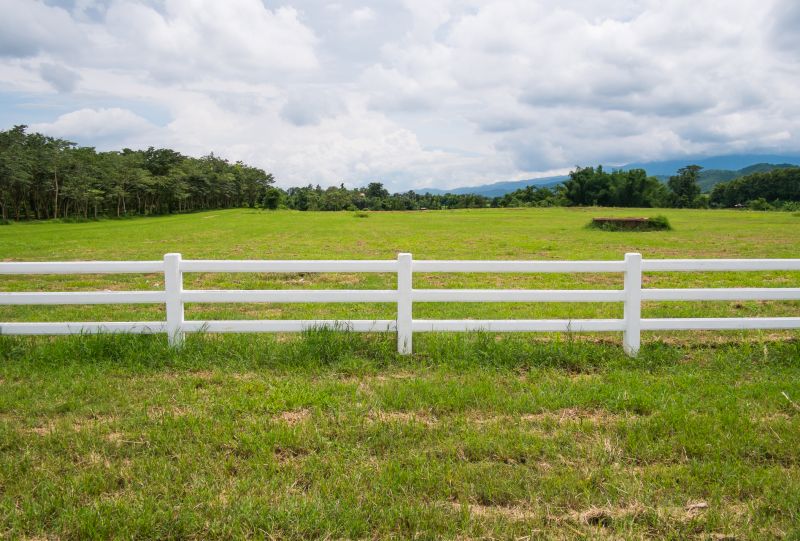
Popular materials for Pasture Fence Installations and why they hold up over time.
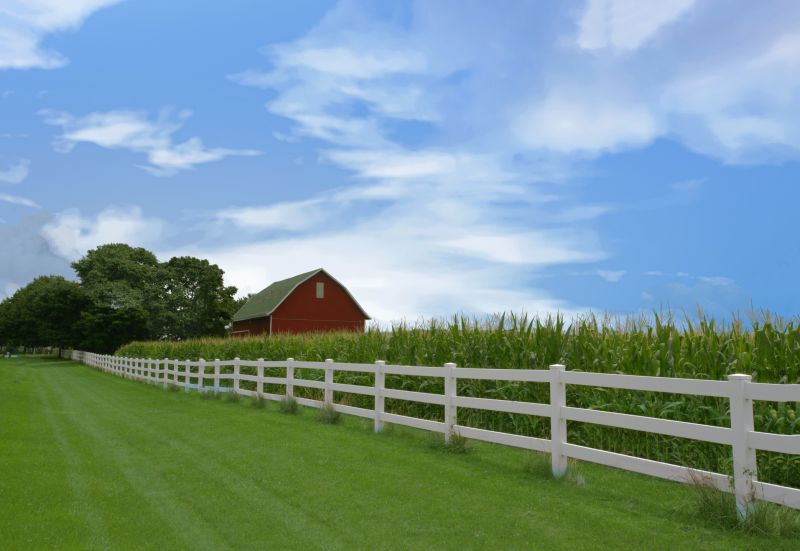
Simple add-ons that improve Pasture Fence Installations without blowing the budget.
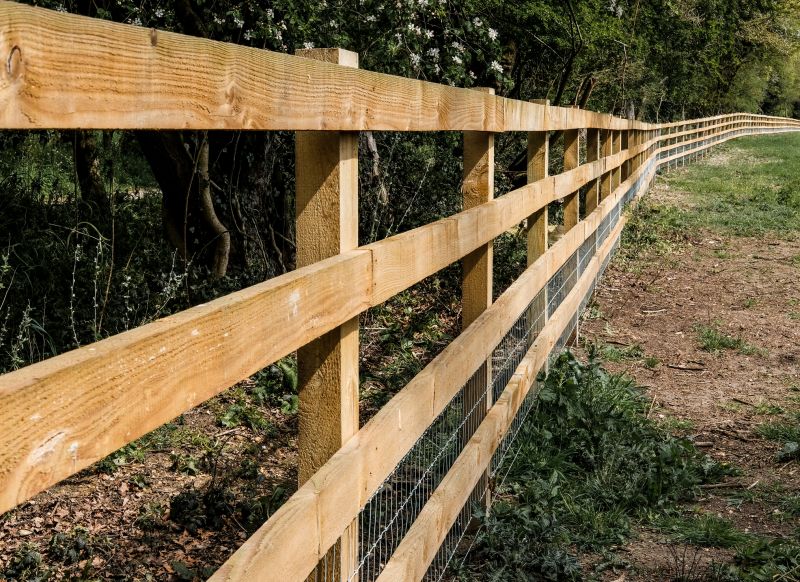
High-end options that actually feel worth it for Pasture Fence Installations.
| Season | Ideal Conditions |
|---|---|
| Spring | Moderate temperatures, active pasture growth, soil moisture optimal for digging |
| Summer | Dry, cool periods with stable ground, avoid peak heat |
| Fall | Favorable soil conditions, before winter, less vegetation interference |
| Winter | Mild climates or snow cover, stable ground, less vegetation |
Pasture fence installations are a critical component of livestock management, providing secure boundaries and facilitating rotational grazing. Proper timing can influence the longevity and effectiveness of the fencing system. Factors such as soil moisture, temperature, and pasture growth cycles play significant roles in scheduling installation projects. For example, installing fences during dry, mild weather minimizes soil disturbance and allows for easier equipment operation. Additionally, planning installations before the onset of winter ensures fences are in place to protect livestock during colder months.
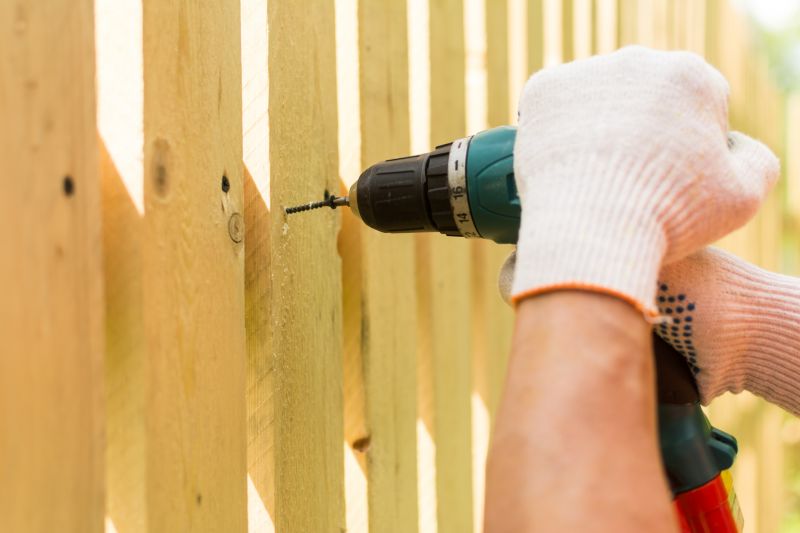
Utilizing the right tools and machinery during optimal weather conditions ensures efficiency and quality.
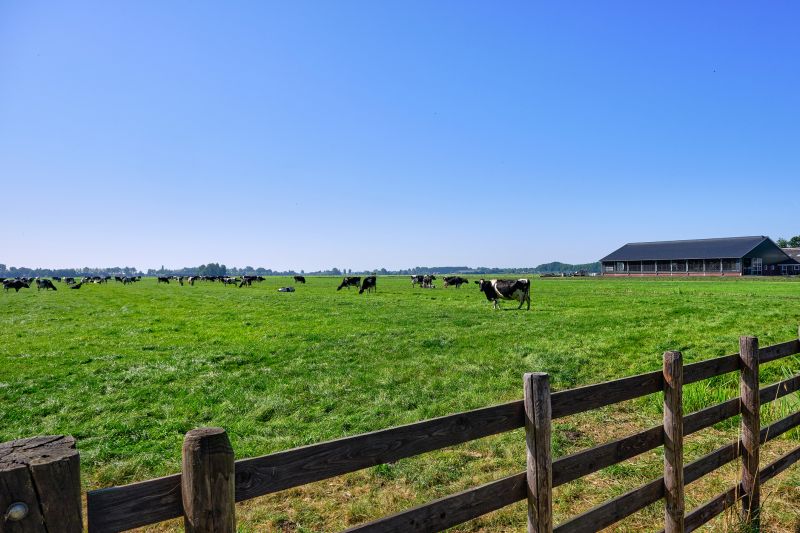
Properly timed fence installation prepares pastures for livestock grazing without delays.
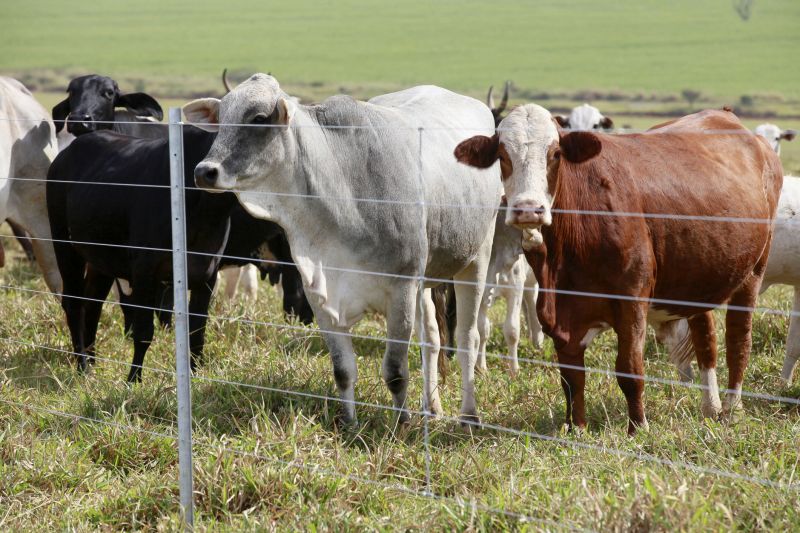
High-quality materials installed at the right time extend fence durability and performance.
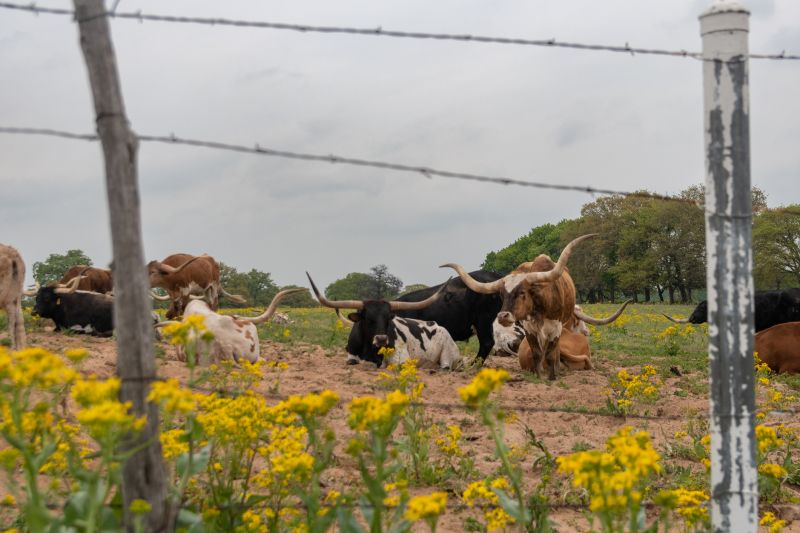
Well-timed installations result in secure, long-lasting fencing solutions.
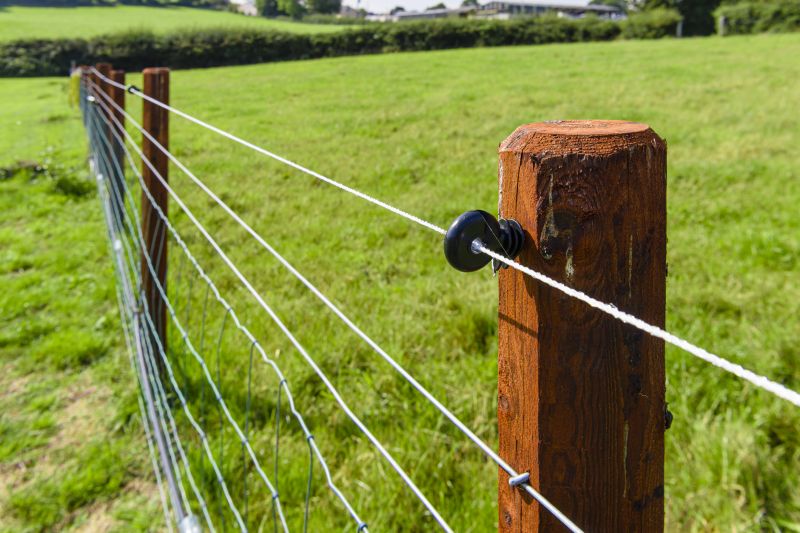
Finishes and colors that play nicely with Pasture Fence Installations.
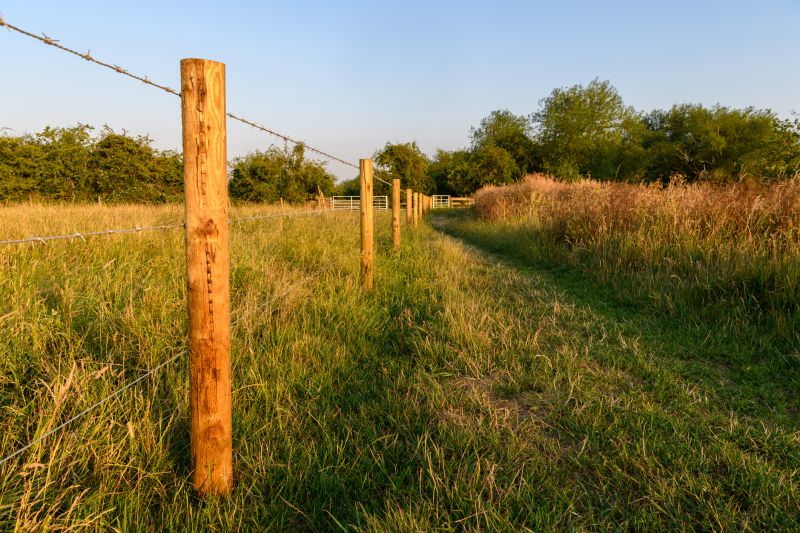
Little measurements that prevent headaches on Pasture Fence Installations day.
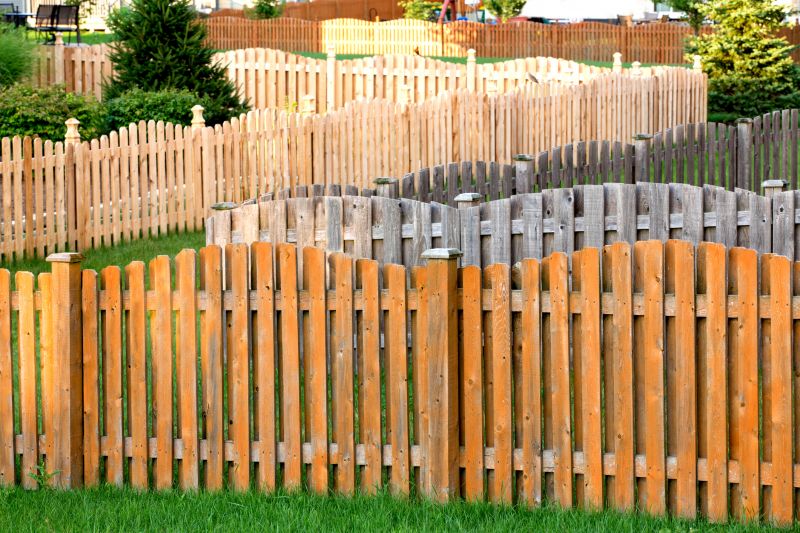
A 60-second routine that keeps Pasture Fence Installations looking new.
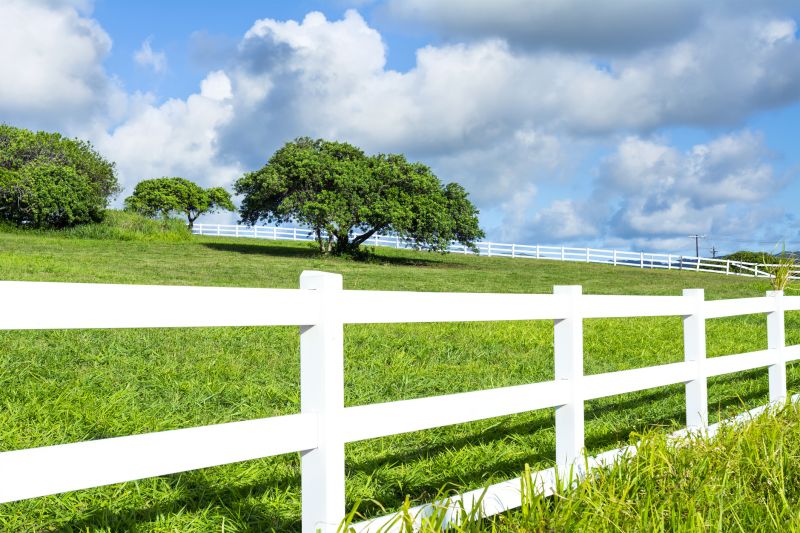
A frequent mistake in Pasture Fence Installations and how to dodge it.
Interested in pasture fence installations? Filling out the contact form can provide tailored information and assistance to meet specific needs and scheduling preferences. Proper planning and timing can optimize fence durability and livestock safety.



